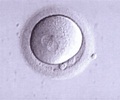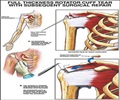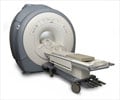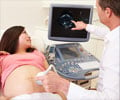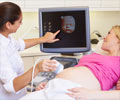It is well-known that ultrasound is usually viewed as more cost effective, but MRI is most often used to evaluate the rotator cuff.
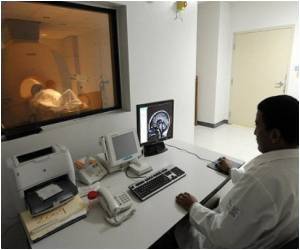
"Several meta-analyses in the literature have found that ultrasound and MRI have similar accuracies for the evaluation of rotator cuff tears. Ultrasound is a cheaper imaging modality, yet MRI is much more frequently used for rotator cuff evaluation," said Robert Lee Suber, MD, lead author of the study. "The reasons for the preference of MRI may be related to the possibility of identifying alternative and/or concurrent diagnoses with MRI as well as surgeon preference for anatomic imaging prior to surgery," said Suber.
"One of the imaging strategies we studied was an initial screening test with ultrasound. All those patients who required surgery or failed conservative treatment would then have an MRI. We found this to more cost effective than everyone undergoing MRI as the initial evaluation," he said.
"There are cutoff values for accuracy of ultrasound and/or MRI where this combined imaging strategy is no longer cost effective over MRI alone. Additionally, as the prevalence (pre-test probability) for rotator cuff tear increases, this combined imaging strategy decreases in cost savings over MRI alone," said Suber.
"Our research shows that in populations with a lower pre-test probability of rotator cuff tear (e.g. patients seeing family practice physicians as opposed to a shoulder specialist surgeon) it may be more cost effective to initially to obtain an ultrasound. Then if the patient needs to have surgery, they can get an MRI," he said.
This abstract is being presented in conjunction with the 2011 American Roentgen Ray Society's annual meeting.
Advertisement




